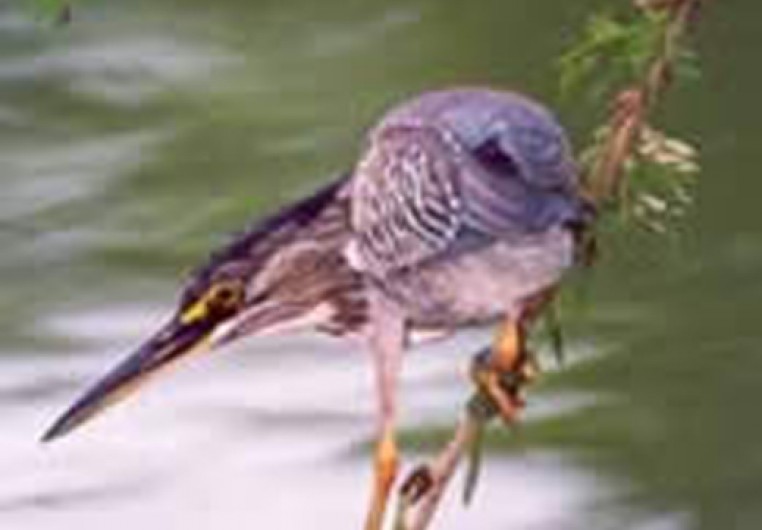Biodiversity
 Green-backed Heron
Butorides striata | Linnaeus, 1758
Green-backed Heron
Butorides striata | Linnaeus, 1758

Vocalization

Characterization: Small species measuring about 36cm in length. It has short, gray feathers, the top of its head is black and features yellow areas around its eyes and beak. It walks around crouching like a large Wood-Rail.
Distribution: Almost all of South America (including in Brazil), North America, Africa, Asia, Australia, and the western Pacific islands.
Habitat: Anywhere there is water. Both within the continent and in the mangroves.
Habits: A diurnal, aquatic, and solitary species.
Diet: Carnivorous, this bird feeds on fish, aquatic insects (imagos and larvae), crabs, mollusks, amphibians, and reptiles.
Breeding: This bird lays 1-2 eggs in a nest built on trees or shrubs in the swamps. It sometimes nests in colonies, and procreation usually happens at the beginning or end of the dry season, when food for waterfowl is usually more plentiful.
In the UFRA area: In the studies conducted at the São Francisco Sugarmill areas, this bird was only seen 6 times. It is considered infrequent. It had a medium spatial distribution, having been seen in native restored forests, in drainage ditches, and in forests in spontaneous regeneration.



